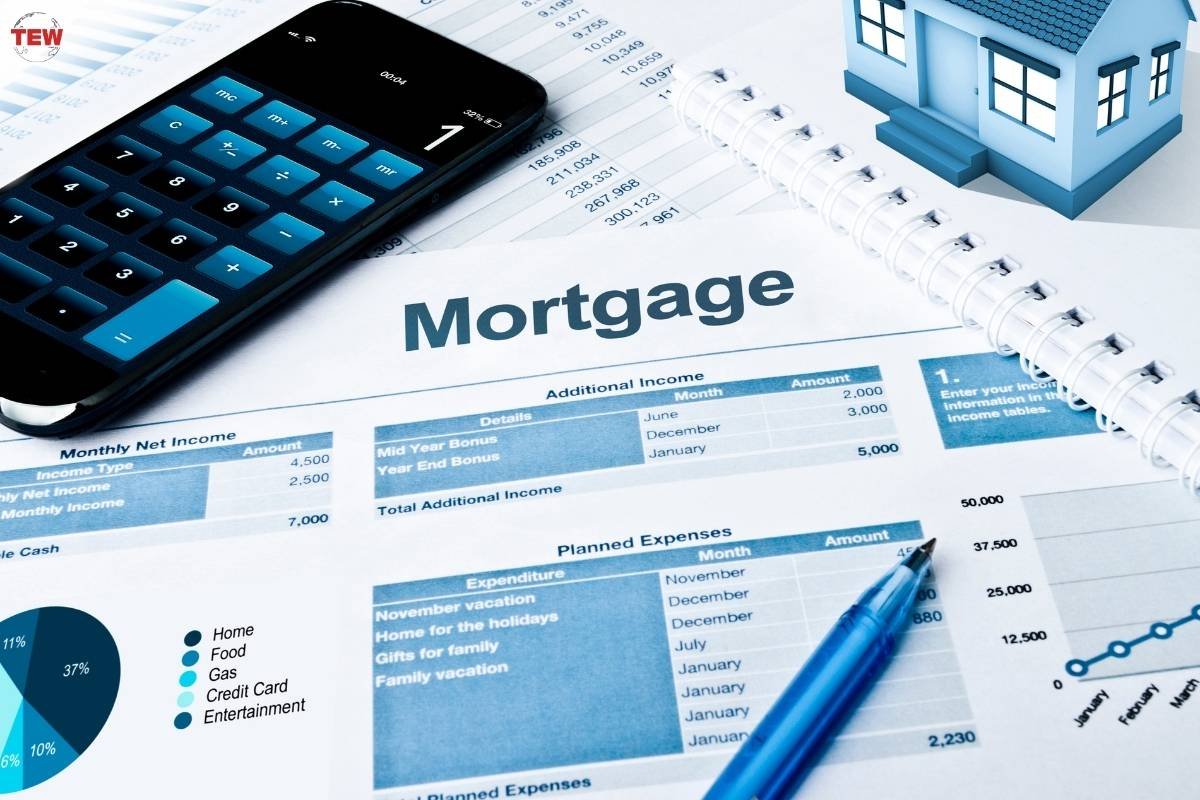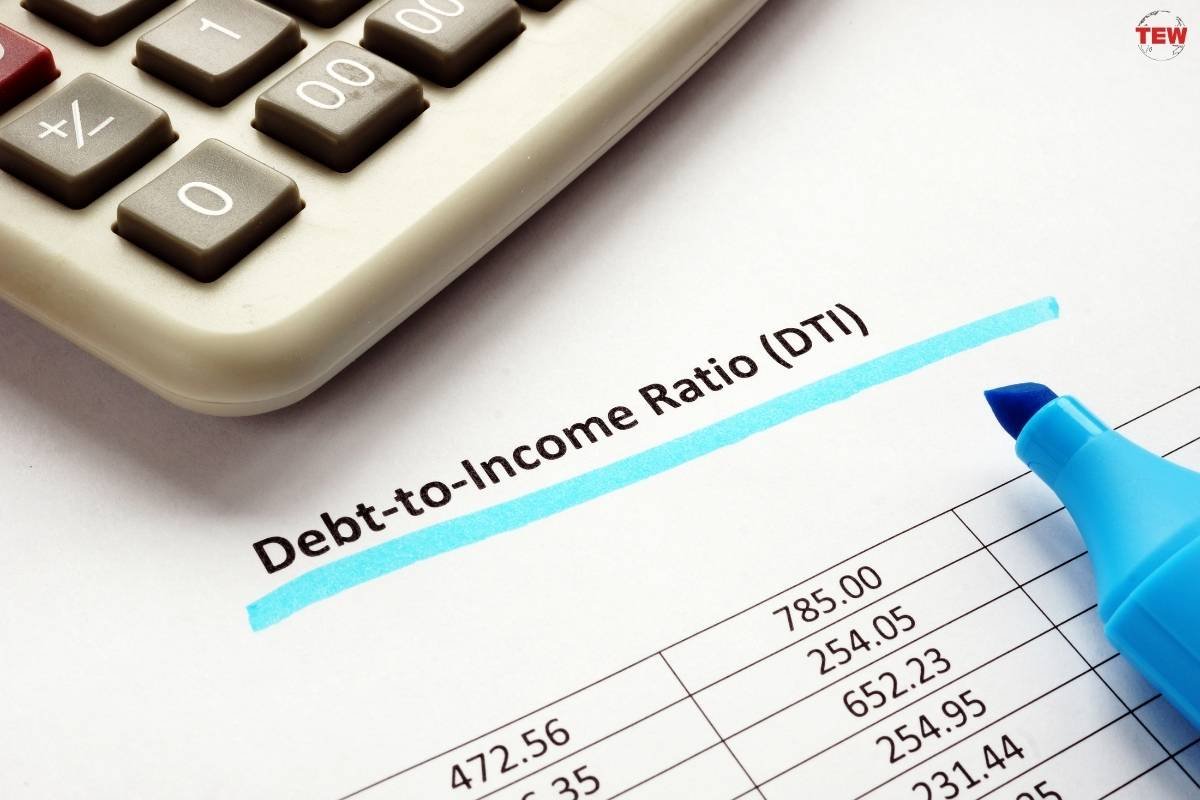Many homeowners are eager to know how much they can borrow when considering a home equity line of credit (HELOC). The maximum loan amount plays a crucial role in determining the feasibility of any financial plan, whether it’s home renovations, debt consolidation, or emergency expenses. This post will explore the factors impacting your HELOC maximum loan amount.
Points that Impact Your HELOC Maximum Loan Amount
1. Current Market Value of Your Home
One of the primary factors influencing your HELOC maximum loan amount is the current market value of your home. Lenders typically determine your borrowing power by assessing what percentage of your home’s value you can borrow against. This is known as the loan-to-value (LTV) ratio.
Usually, lenders allow homeowners to borrow up to 85% LTV, although some may go as high as 90%. So, for instance, if your home’s current market value is $400,000 and the lender allows an 85% LTV ratio, you may be eligible for a maximum loan amount of $340,000 ($400,000 x 0.85).

2. Outstanding Mortgage Balance
Another critical factor that affects the calculation of your HELOC maximum loan amount is the outstanding balance on your mortgage. Your total debt secured by your home cannot exceed a certain threshold set by lenders.
Suppose you have an outstanding mortgage balance of $200,000 on a property worth $400,000. If you’re seeking an 85% LTV ratio from your lender, subtracting the outstanding mortgage balance from this limit would leave you with a potential HELOC maximum loan amount of $140,000 ($340,000 – $200,000).
3. Credit Score and History
Your creditworthiness directly influences how much equity you can access through a HELOC, as it indicates your ability to repay any borrowed funds. Lenders evaluate applicants’ credit scores and histories to determine their level of risk.
A good credit score typically indicates responsible financial behavior and makes you more attractive to lenders. Those with higher scores often secure larger loan amounts as they are less likely to default. On the other hand, lower scores may result in approval for a smaller maximum loan amount or even being denied altogether.

4. Debt-to-Income (DTI) Ratio
Lenders also consider your Debt-to-Income (DTI) ratio when determining your HELOC maximum loan amount. The DTI ratio reflects your monthly debt payments proportional to your gross monthly income. In general, lenders prefer applicants with a lower DTI ratio as this demonstrates their ability to handle additional debt responsibly. Maintaining a low DTI ratio can showcase your financial stability and increase the likelihood of securing a higher maximum loan amount on your HELOC.
5. Employment Status and Income Stability
Lenders assess your employment status and financial stability when reviewing your HELOC application Income stability indicates your ability to make regular payments and lowers the lender’s risk profile.
If you have been at the same job for a considerable time with a consistent income stream, it enhances your position during the evaluation process. However, self-employed individuals and those with irregular income streams may face more scrutiny when applying for a HELOC.

6. Lender Requirements and Qualification Criteria
Each lender will have their own requirements and qualification criteria that can impact your HELOC maximum loan amount. Different financial institutions may impose varying limits on LTV ratios, credit scores, DTI ratios, or other factors. To optimize the loan size available to you, explore multiple lending options to find one that aligns with your specific circumstances.
Conclusion
While there are several factors that influence how much you can borrow through a HELOC, understanding these variables will help you estimate your potential maximum loan amount accurately. Your home’s market value, outstanding mortgage balance, credit score, DTI ratio, employment status, and lender requirements all play important roles in the evaluation process. By establishing a clear understanding of these metrics and working to improve your financial profile, you can increase your chances of securing a higher maximum loan amount on a HELOC.




